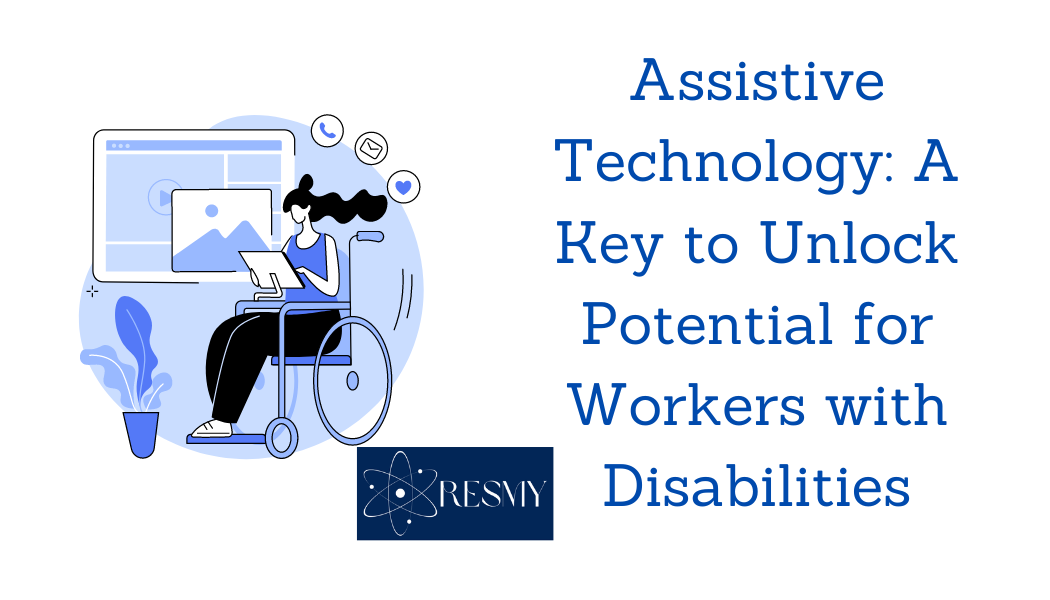Highlighted Post
New Study Examines How Technology Can Enhance Workplace Inclusion
People with disabilities (PwDs) often face lower employment rates. A study explores the potential of assistive technology (AT) to bridge this gap, promoting workplace inclusion and unlocking the talents of PwDs.
A Systematic Review: Unveiling Research Trends
The research employed a systematic review methodology, rigorously analyzing existing literature on AT in the workplace. This approach ensures a comprehensive and reliable evaluation of current research trends.
Thematic Analysis: Identifying Key Areas
Following the review, researchers conducted a thematic analysis, grouping studies based on recurring themes. This analysis revealed four main areas of focus in the current research:
- Impact of AT on Workplace Performance: Studies examined how AT can improve job performance and productivity for PwDs.
- Characteristics of Effective AT: Research explored the features and functionalities of AT that are most beneficial in the workplace setting.
- Factors Influencing AT Adoption: Studies investigated the various factors that can influence the adoption and use of AT in workplaces.
- Specific Examples of AT Integration: Research explored practical examples of how different types of AT can be implemented in various work environments.
Beyond Functionality: A Human-Centered Approach
The research then delved deeper, using the Human Activity Assistive Technology (HAAT) model as a framework. This model emphasizes a holistic view of AT, considering not just its functionality but also its impact on the user’s well-being and social interactions.
A Missing Piece: The Need for Broader Research
The study identified a significant gap in current research:
- Limited Focus on Affective and Socio-Cultural Dimensions: The research found a lack of studies exploring the emotional and social aspects of AT use in the workplace.
A Multi-Level Approach: Optimizing Workplace Experiences
The research highlights the need for a multi-level approach to AT deployment in workplaces:
- Functional Support: AT should provide practical assistance with work tasks.
- Affective Support: AT should also consider the emotional well-being and sense of self-confidence of PwDs in the workplace.
- Socio-Cultural Integration: AT solutions should facilitate social interaction and a sense of belonging for PwDs within the workplace environment.
Unlocking Potential: The Future of AT in the Workplace
This study underscores the transformative potential of AT in promoting workplace inclusion for PwDs. By moving beyond a purely functional view of AT and considering its broader impact, workplaces can create more supportive and empowering environments that unlock the full potential of all employees.
The research findings offer valuable insights for various stakeholders:
- Employers: Investing in AT solutions can be a strategic move, fostering a more diverse and inclusive workforce.
- Policymakers: Supportive policies can encourage the development and adoption of effective AT solutions.
- Technology Developers: Understanding user needs and the importance of affective and socio-cultural factors can guide the development of more comprehensive AT tools.
By fostering a deeper understanding of AT and its potential impact, this research paves the way for a more inclusive and empowering future of work for everyone.

